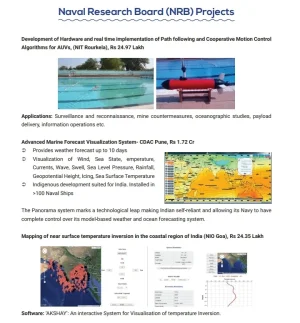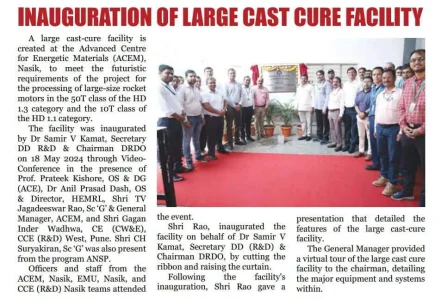- Joined
- Jun 30, 2024
- Messages
- 108
- Likes
- 835
k-6 or agni 6 etc ?
Please take screenshots of tweet.
k-6 or agni 6 etc ?

k-6 or agni 6 etc ?
It was primarily made for existing grad systems.I think they can be fired from grads as well as caliber is same.



Bmp-2 turret , ficv turrent , namica based ifv turret , a 105mm turret all should be compatible with kestrel/mahindra whapSabko Hafta dena padega….
Which defence analyst or strategic affairs commentator in his infinite wisdom has made this statement of Stryker being an ICV while WhAP is only an APC. The person must have been suffering from retrograde amnesia OR he doesn’t have a clue OR he is deliberately being obtuse.
DRDO TATA WhAP ,also known as Kestrel is a modular versatile platform which can be configured to meet diverse mission requirements. WhAP can be easily reconfigured into an Infantry Combat vehicle by installing the Elbit UT30mk2 turret. With a 30 mm Mk44 Bushmaster along with a coaxial 7.62 mm MG(Negev NG7) plus 4th or 5th gen F&F ATGM like Spike LR/ LR II along with its own EO suite- panoramic standalone TI , this turret will make Kestrel a world beater in it segment and will give GD Stryker a run for its money. Elbit already has JV and MoU with several Indian OEM and BEL and the turret can be manufactured here in India initially from SKD,CKD and then from raw material stage. We can swap the Bushmaster for the old dependable Russian Gryazev Shipunov .
OR we can install the venerable time tested BMP-2 turret with its 30 mm 2A42 cannon and 7.62 mm coaxial PKT on WhAP. It’s already under production at AVNL Medak ie erstwhile OFB Medak. Dirt cheap, robust rugged and dependable like all things Russian.
With home mad solutions available at both ends of the cost and quality spectrum, why is there a sudden irresistible itch to buy 530 Strykers ( off the shelf import of a few nos followed by licensed manufacture here )?
Are we paying hafta for the American generosity and largesse in the form of Congress’s approval for 80 percent Tech transfer in the HAL GE F414INS6 engine deal ? Or is this because Washington has been benevolent and kind and allowed us third world lowly Indians to buy cheap crude from Moscow ??
Anyways, let’s see how things pan out in the coming months.
PS- Stryker isn’t amphibious which is one of the GSQR of Indian Army. Kestrel is amphibious upto a certain GVW. We need an amphibious platform to navigate the riverine terrain of Pakistani Punjab and the marshlands of Gulf of Kutch. Do remember that some of these are meant for recce mech inf units. So the chances of this Stryker deal going through is slim unless this is Hafta payment to Washington DC .
We could have bought another 6 Poseidons and 15 more Chinooks as hafta. Stryker is a bad deal through and through.
https://t.co/5ZbVsidoEe
AGNI 5 TEL has 56 trailer +10 volvo "66 wheels" , AGNI 5 trailer can retract its wheels (observe that orage arrow) "2 axles are in retracted position" this might allow volvo to maintain max speed of 30 Kmph View attachment 838
